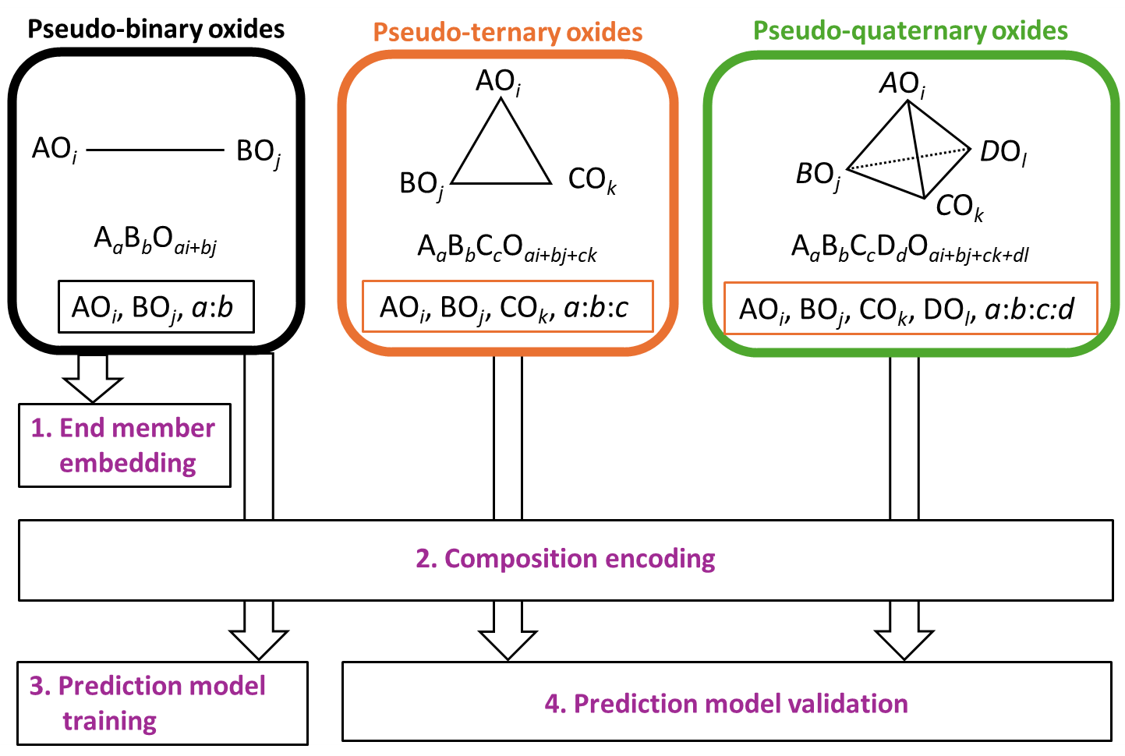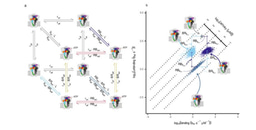A Treasure Hunt in Chemistry: AI Leading the Way to New Materials
Published in Chemistry, Materials, and Computational Sciences
Introduction
Imagine being told that chemistry is like a treasure hunt. How would you feel? The vast combinations of elements and their ratios hide countless “treasures” waiting to be discovered. For scientists, this has been a long-standing challenge. Now, with the help of AI, a new era of material exploration is upon us.
In our research, we developed an innovative method to predict complex oxide compositions using data from simpler pseudo-binary oxides. This approach not only analyzes chemical data but also reveals the hidden patterns and rules behind what might seem like highly complex chemical compositions. It’s a step towards understanding the deeper laws of chemistry.
How AI’s "Intuition" Opens New Possibilities
In our study, we developed a predictive model that uses AI to uncover hidden chemical patterns. Starting with simple pseudo-binary oxide compositions, we applied tensor decomposition to extract meaningful chemical features, such as oxidation states and periodic trends. These features were then used to train an AI model that predicts the existence probabilities of more complex pseudo-ternary and quaternary oxides.
Figure 1 provides an overview of this process, illustrating how simple compositions are transformed into tensor embeddings and then used in AI models to predict complex compositions.

Transforming Complex Material Discovery
The AI model demonstrated strong predictive performance, accurately identifying known ternary and quaternary compositions while revealing promising candidates among the unknown. A fascinating result is shown in Figure 2, where tensor embeddings are clustered based on oxidation states. This clustering highlights the model’s ability to capture hidden chemical relationships, such as trends among rare earth elements and transition metals.

AI’s Future in Chemistry
Our approach highlights not only AI’s potential to discover new materials but also its ability to generalize to less-explored systems like sulfides and nitrides. By revealing the hidden rules of chemistry, AI enables more efficient exploration of vast compositional spaces, opening doors to innovations in energy, environment, and healthcare.
This treasure hunt in chemistry is just beginning. With AI as our guide, the next discovery could be just around the corner, holding the key to transforming our future.
Follow the Topic
-
Scientific Reports

An open access journal publishing original research from across all areas of the natural sciences, psychology, medicine and engineering.
Related Collections
With Collections, you can get published faster and increase your visibility.
Reproductive Health
Publishing Model: Hybrid
Deadline: Mar 30, 2026
Sepsis: Treatment, intervention, mortality
Publishing Model: Open Access
Deadline: Dec 23, 2025




Please sign in or register for FREE
If you are a registered user on Research Communities by Springer Nature, please sign in